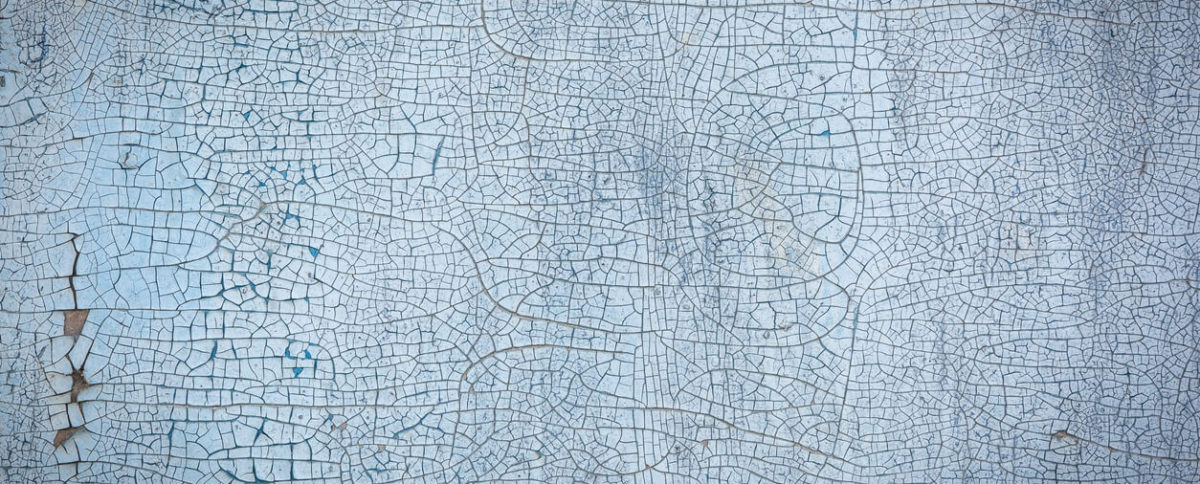Painting the exterior of your San Francisco Bay Area home or business is not something you need to do very often, especially if it was painted by the experts at Armstrong Painting. However, it’s inevitable that after years of being bombarded by the elements (moisture and sunlight), your paint will begin to show its age and you will need to deal with exterior paint problems. It’s vitally important that you do not allow the elements to take their toll on your home’s exterior before you decide to have it repainted since it can be a much costlier affair.
Even though in the San Francisco Bay Area we don’t have the harsh winters or extremely hot summers of other parts of our country, we still have issues with moisture and sunlight which can slowly damage your home’s or business’ exterior paint. At Armstrong, we have always used the best paints available and the most thorough preparation procedures in order to protect the exterior surface of your home. Unfortunately, at some point moisture will manage to creep in between the paint film and the wood or stucco surface of your home. When this happens, you will start to notice exterior paint issues.
Nine Common Exterior Paint Problems
Algae & Mildew: They appear as gray, black or brown spots/areas on the paint surface or caulk bead. This issue is caused by high humidity and still air. Mildew also tends to affect light colors of paint since they don’t absorb the sun’s heat so consequently provide a surface for it to grow more readily.
Alligatoring: This condition is caused by paint film failure in which the surface develops cracks which look like alligator scales. This can occur when a coat of paint is added over another which has not completely dried. It also happens when exterior surfaces are painted with oil-based paints instead of the high-quality Titanium-Acrylic paints used by Armstrong.
Blistering: Paint bubbles appear under the paint film when there is localized loss of adhesion of the paint from the surface. This can be the result of prolonged exposure to moisture or moisture from inside of your home finding its way out through the exterior walls. It can also be due to painting a damp/wet surface or painting warm surfaces in direct sunlight.
Chalking: This is basically a fine powder which forms on the surface of the paint that causes fading. Chalking usually occurs when you apply paint designed for interiors to exterior surfaces. It can also occur more when alkyd-based paints are used instead of good quality acrylic coatings.
Cracking or Flaking: Initially, you may notice fine cracks appearing but as time goes by these tiny cracks become flake chips which lead to paint failure. This exterior paint issue is normally the result of inadequate surface preparation prior to painting and/or the use of thin or low-quality paint.
Efflorescence: This is a technical term used to refer to the white fluffy deposit of salt crystals which develop on stucco surfaces. This appears because there are salts in the stucco and moisture in the atmosphere. These deposits can reappear after you have painted a stucco surface if they weren’t properly removed before repainting.
Fading: A certain amount of fading over time should be expected but southern and western facing walls can experience excessive or premature fading. That is why it is important to use UV resistant paint like Armstrong’s exclusive WeatherGuard System (AWS). It’s also important to keep in mind that colors, like orange and yellow, tend to fade more readily in direct sunlight.
Peeling: Peeling refers to the lifting which occurs when layers of paint lose their adhesion to the underlying surface. This will occur when there is moisture on the substrate or if the surface was not prepared properly. It can also be the result of low-quality paint.
Tannin Staining: These appear as streaks of brownish or tan color. They are the result of tannins which is a water-soluble dye found in all woods, especially in red-colored woods. The tannins mix/migrate into the paint and form the streaks or stains. This can happen over time when you paint over staining woods (e.g. redwood, cedar, and mahogany) or over knots in other wood species.
The Best Way To Deal With These Problems
These issues can affect the appearance, value, and character of your home in a negative way. To avoid such issues and/or deal with them effectively, you need to hire experienced professionals who know how to identify them and apply the proper solutions. Experienced professional painters will also prepare, prime, paint, and finish your home’s or business’ exterior so that it looks as good as it did the day it was first painted for many years to come. If you are considering repainting the exterior of your home or business, put Armstrong’s 50-plus years of knowledge and experience to work. Our meticulous preparation and attention to detail, coupled with our Armstrong WeatherGuard System will offer your home the ultimate protection and curb appeal. Arrange for your Free Estimate now!

